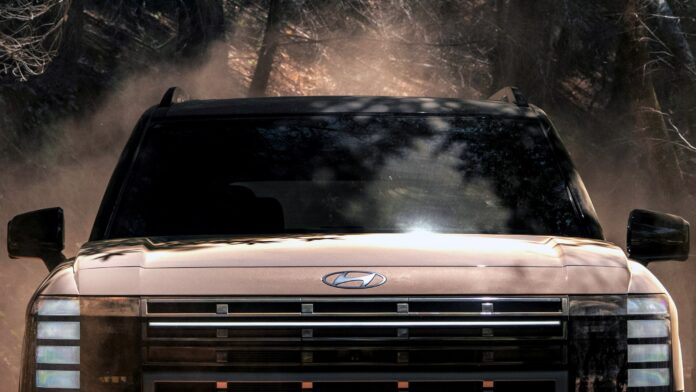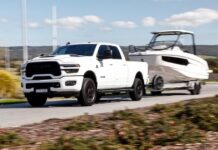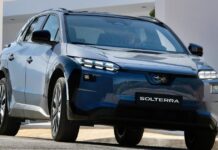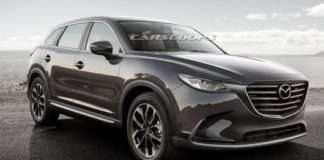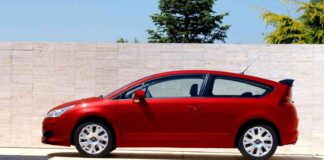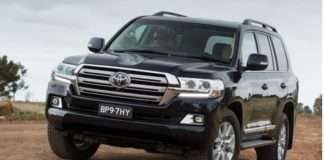Hyundai is entering the competitive midsize pickup truck market with a three-pronged strategy targeting different regions, promising a vehicle that executives describe as “mind-blowing.” While Hyundai has been a latecomer to the pickup scene, its commitment is clear, with models slated for South America (2028), North America (2030), and an accompanying rugged SUV to complement the truck lineup.
A Unique Approach to Truck Development
The current excitement stems from discussions within Hyundai’s Australian division, where President and CEO Don Romano has publicly stated his intention to introduce a unique “ute” – the Australian term for a pickup truck – before his work permit expires, potentially by 2028. Romano emphasized the company’s dedication to innovation, rejecting the idea of simply rebranding an existing model.
“We could easily take another platform and just go out there and rebadge it, and that’s just not acceptable, especially now,” he stated. This reflects a broader industry trend: buyers are increasingly demanding distinct features and advanced technologies, making a badge-engineered vehicle a risky proposition.
Romano’s confidence is based on Hyundai’s ongoing development of differentiating technologies, which he believes will set their truck apart from the competition. He went so far as to predict that the truck will be “mind-blowing,” if the company delivers on its current plans.
Hybrid Power and Platform Choices
The truck is expected to incorporate a novel hybrid powertrain, although Romano remained tight-lipped about the specifics. He hinted at a “different type of hybrid,” fueling speculation about a range-extender hybrid setup (EREV), already in development within the Hyundai Group.
Regarding the platform, Romano seemed to discount the possibility of sharing one with GM, despite the Korean automaker’s collaboration on a model for South America. “I don’t think we’re gonna share a platform. I don’t believe that’s an option,” he said. He believes Hyundai’s goal is to develop a distinct truck with its own unique technology.
A Crowded Market—and a Significant Opportunity
Hyundai’s entry into the midsize pickup segment will be far from a walk in the park. In Australia, the Ford Ranger and Toyota Hilux currently dominate the market, facing competition from the Nissan Navara, Mitsubishi Triton, Isuzu D-Max, Mazda BT-50, Kia Tasman, and increasingly, Chinese manufacturers.
In North America, the Hyundai truck will challenge the Ford Ranger, Chevrolet Colorado, GMC Canyon, Toyota Tacoma, and Nissan Frontier. The South American model, built on GM’s platform, will compete with the Volkswagen Amarok, Chevrolet S10, Ram Dakota, Fiat Titano, and Peugeot Landtrek.
The significance of this entry cannot be understated. The midsize pickup segment is thriving globally, driven by a diverse range of buyers who appreciate the truck’s versatility and utility. Hyundai’s success will depend on its ability to deliver a compelling product that offers both performance and advanced features—a goal that executives seem confident they can achieve.
Hyundai’s bold move into the midsize pickup market represents a significant strategic shift, aiming to capitalize on the growing global demand for versatile and capable trucks. The commitment to unique technology and a differentiated hybrid powertrain suggests a serious contender in a highly competitive landscape.












